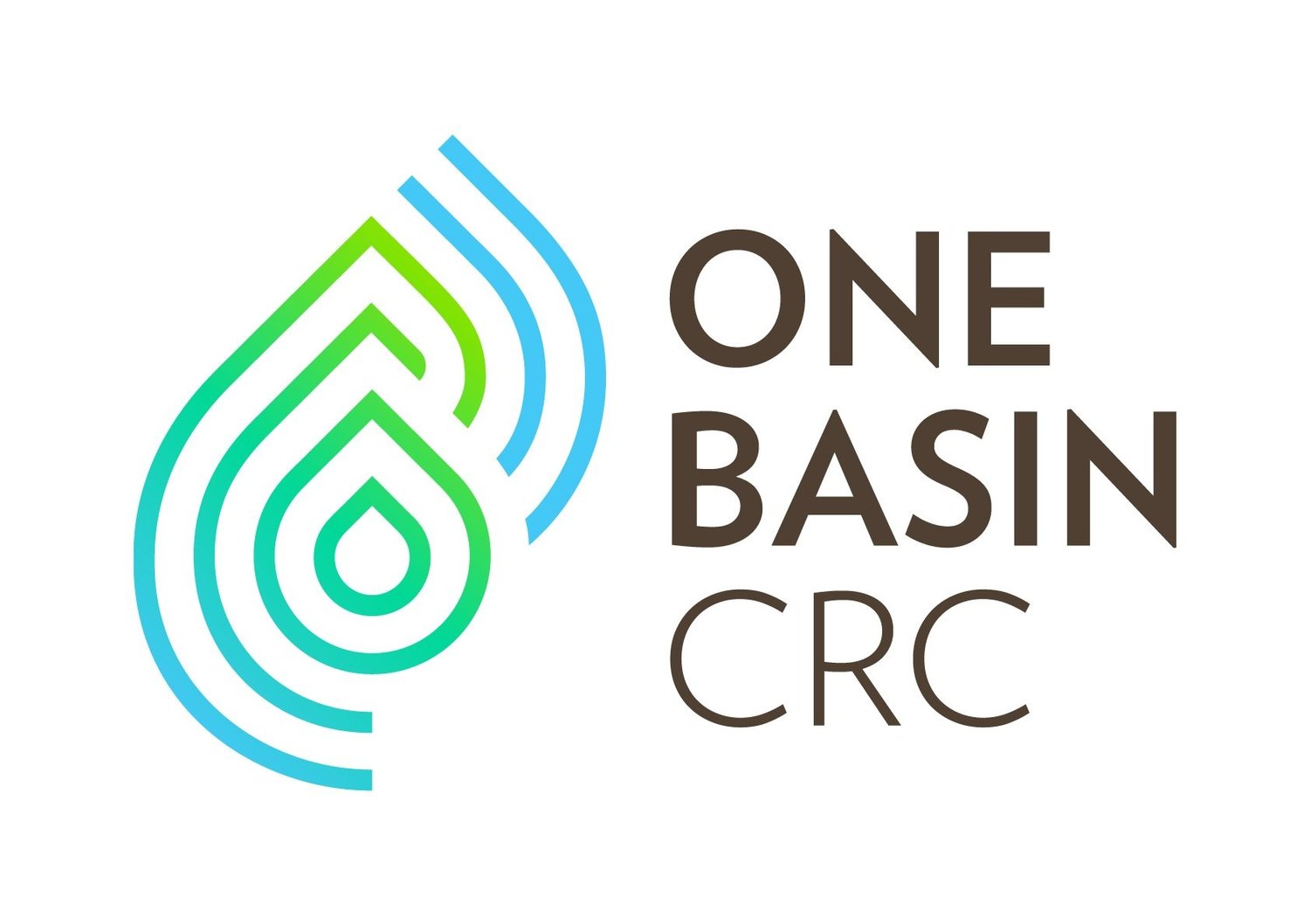Griffith Regional Hub
The Griffith Regional Hub is located in the Riverina in New South Wales and spans across to Canberra in the Australian Capital Territory. The region has a strong research presence with both Charles Sturt University and the Australian National University having campuses in the Hub region.
The Griffith Hub encompasses regions of the third and fourth longest rivers in Australia. The region covers diverse landscapes from the hills of the Great Dividing Range in the east, out to the plains in the west. Therefore, land use also varies dramatically from forestry, and dryland grazing and broad-acre cropping, to irrigated horticulture, and broad-acre cropping mainly in the highly productive regions of the Murrumbidgee Irrigation Area and the Coleambally Irrigation Districts.
The region has an economic output of $21.679 billion and the population of the region is about 600,000, with Canberra located in the top of the Murrumbidgee catchment, and other major regional centres including Wagga Wagga, Cooma, Griffith, Leeton, Cowra, Parkes and Forbes. The traditional people of the region come from 10 different nations, with the largest being the Wiradjuri nation.
The Snowy Mountains Scheme is also located in the region. This diverts water from the Snowy, Eucumbene and upper Murrumbidgee Rivers to the Murray and mid-lower Murrumbidgee Rivers, increasing the amount of water available for agriculture. The scheme is also a significant source of renewable energy, and this will increase with Snowy 2.0.
Surface water and groundwater resources in the region directly provide for urban populations, stock and domestic supplies and irrigated industries. They support some 25 wetlands of national significance including the Lowbidgee wetlands, Tuckerbill swamp, Fivebough swamp and Cumbung swamp. Surface water, including Burrinjuck Dam and Blowering Dam, also has significant recreational and tourism value for the local communities and travelers.
Future challenges for the region include the direct impact of drought upon the ecological health of the river systems and associated riparian areas, industry (including agriculture) and the communities that they support.
The region has a history of adapting to variation in water availability such as changes in the rice growing practices in order to increase their water use efficiency, however their ability to continue to adapt to the changing water patterns is uncertain.
A trend for increasing permanent plantings (namely nut trees) which require higher security water (less variability in water supply from year to year), and once the trees have reached maturity, a larger volume of water than is currently being used.
Contact
To find out more about this hub or become a partner in the CRC, contact Griffith Hub Lead, Katie Dunne - E: katie.dunne@onebasin.com.au
